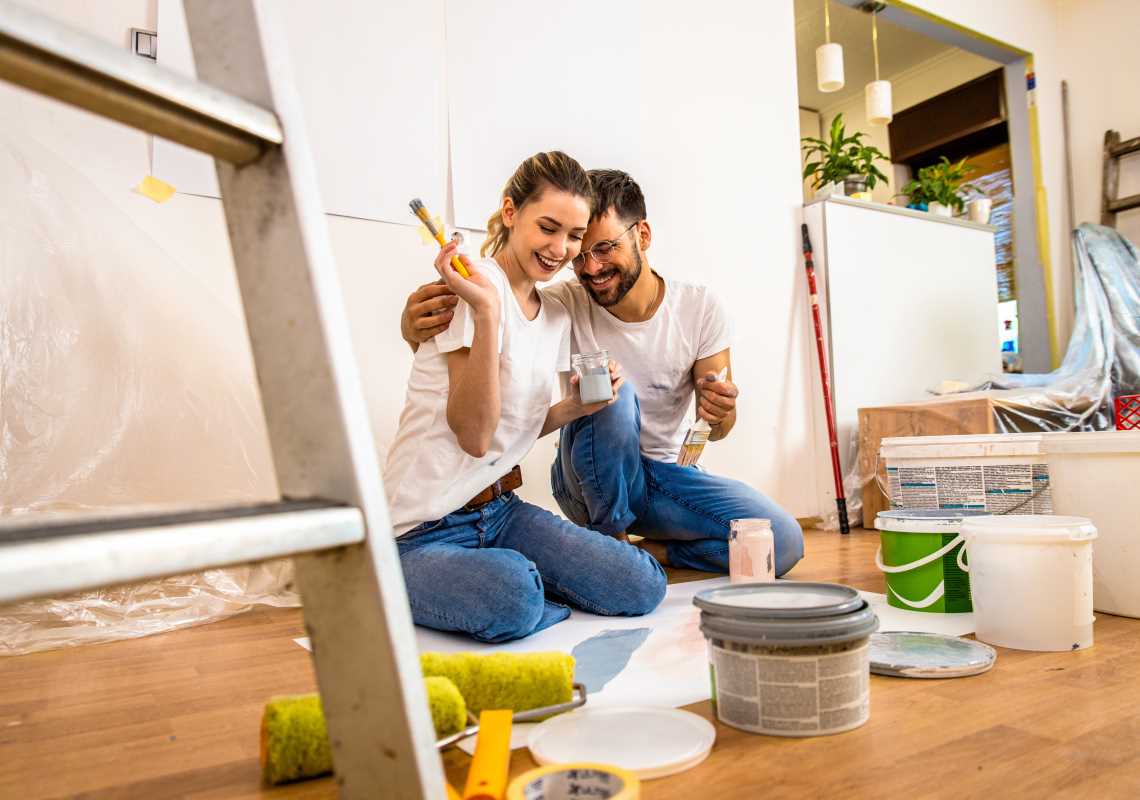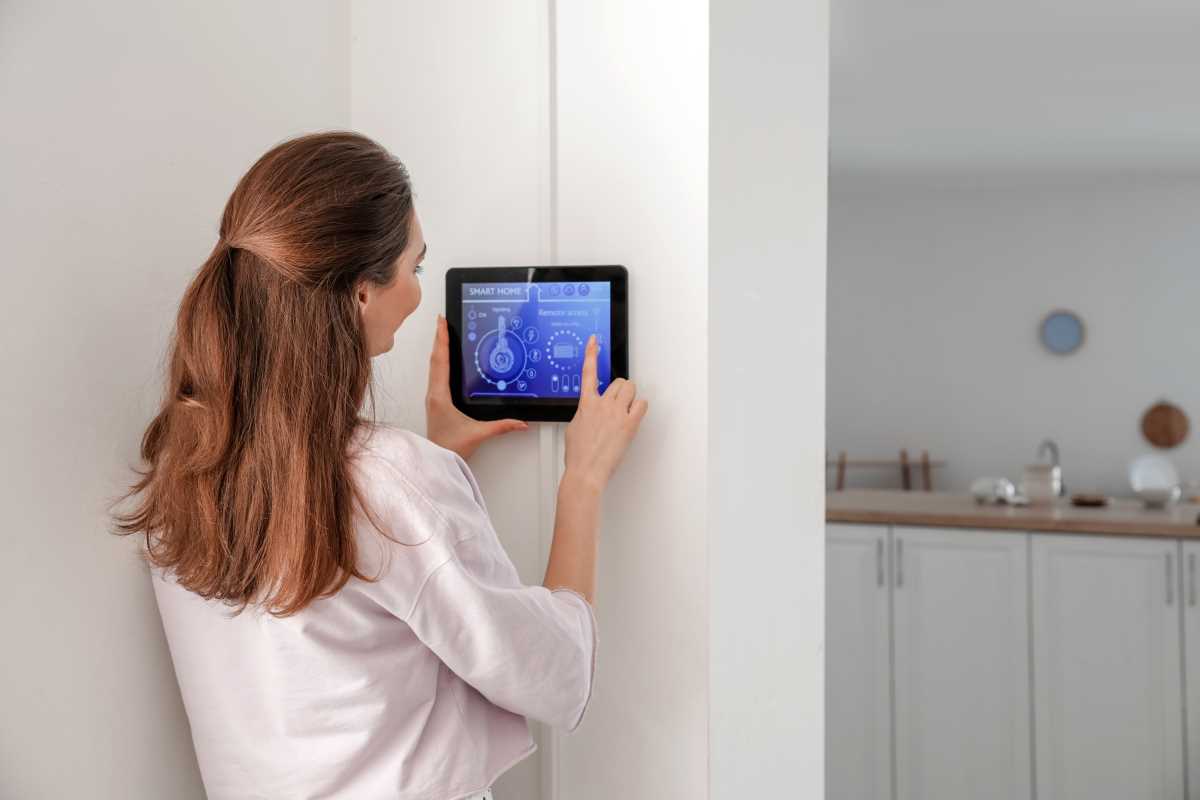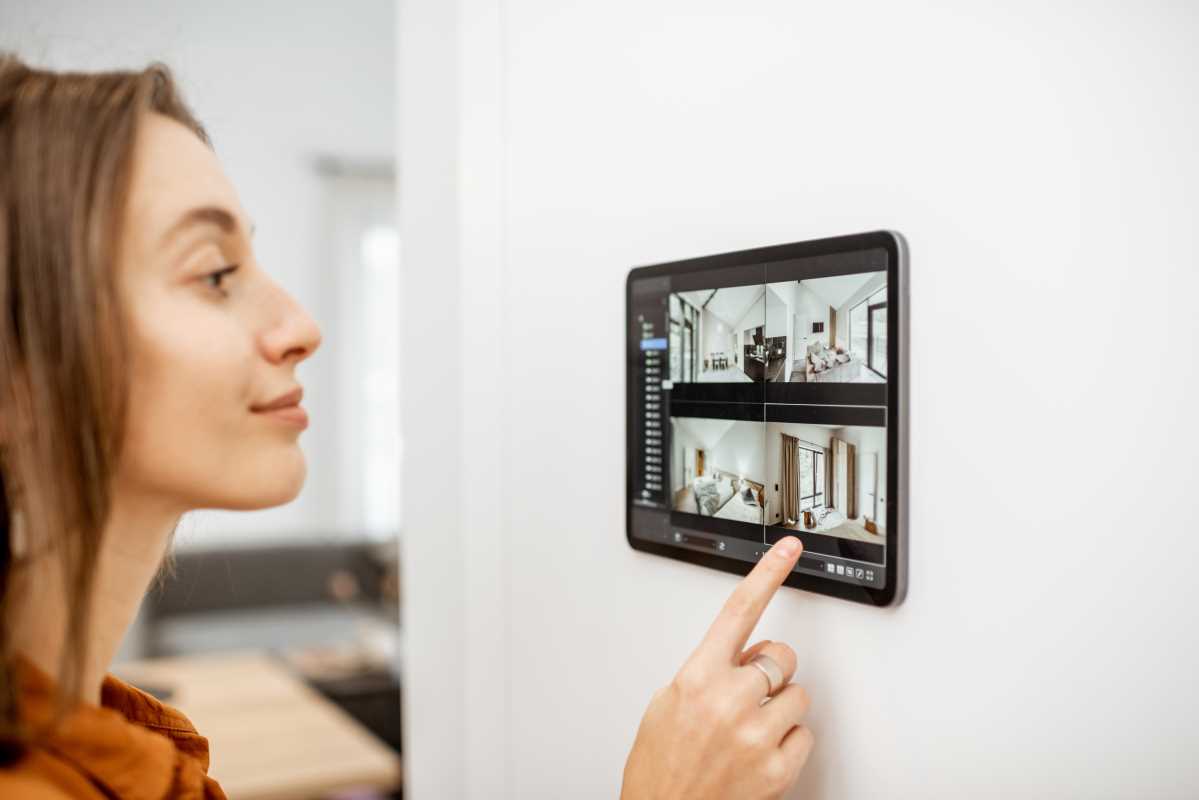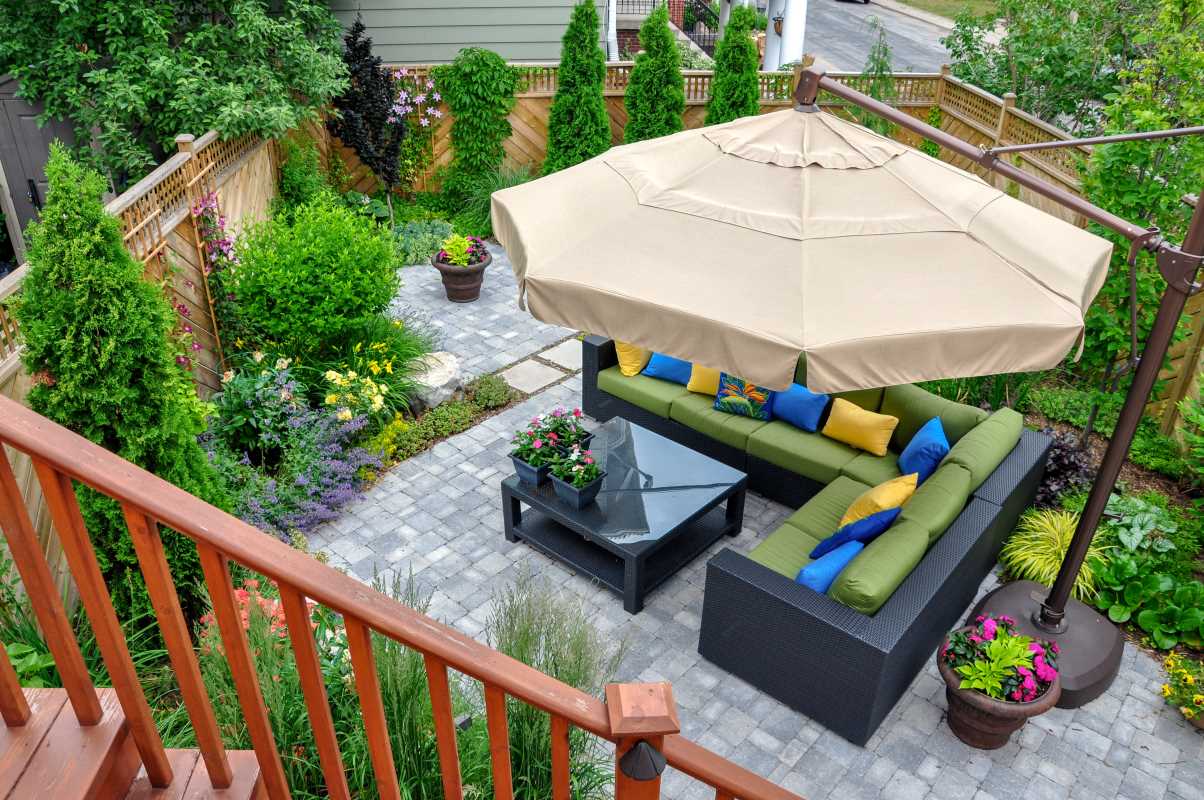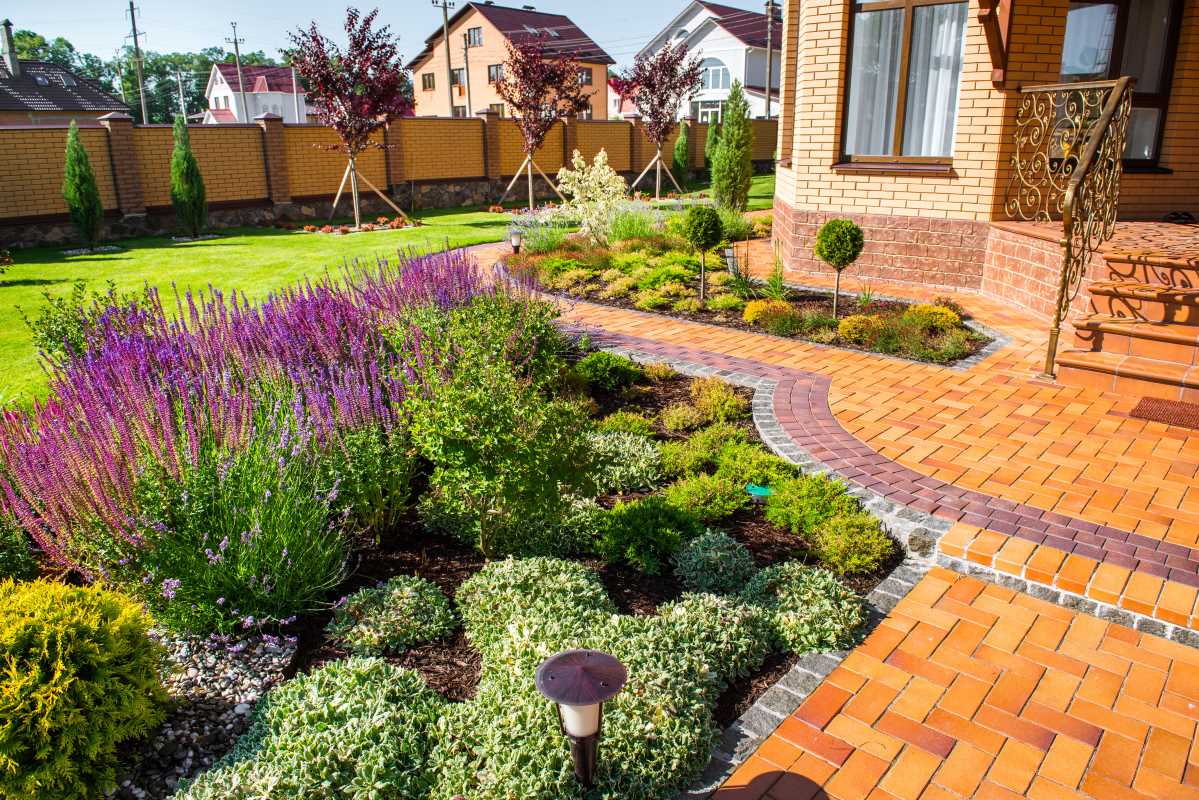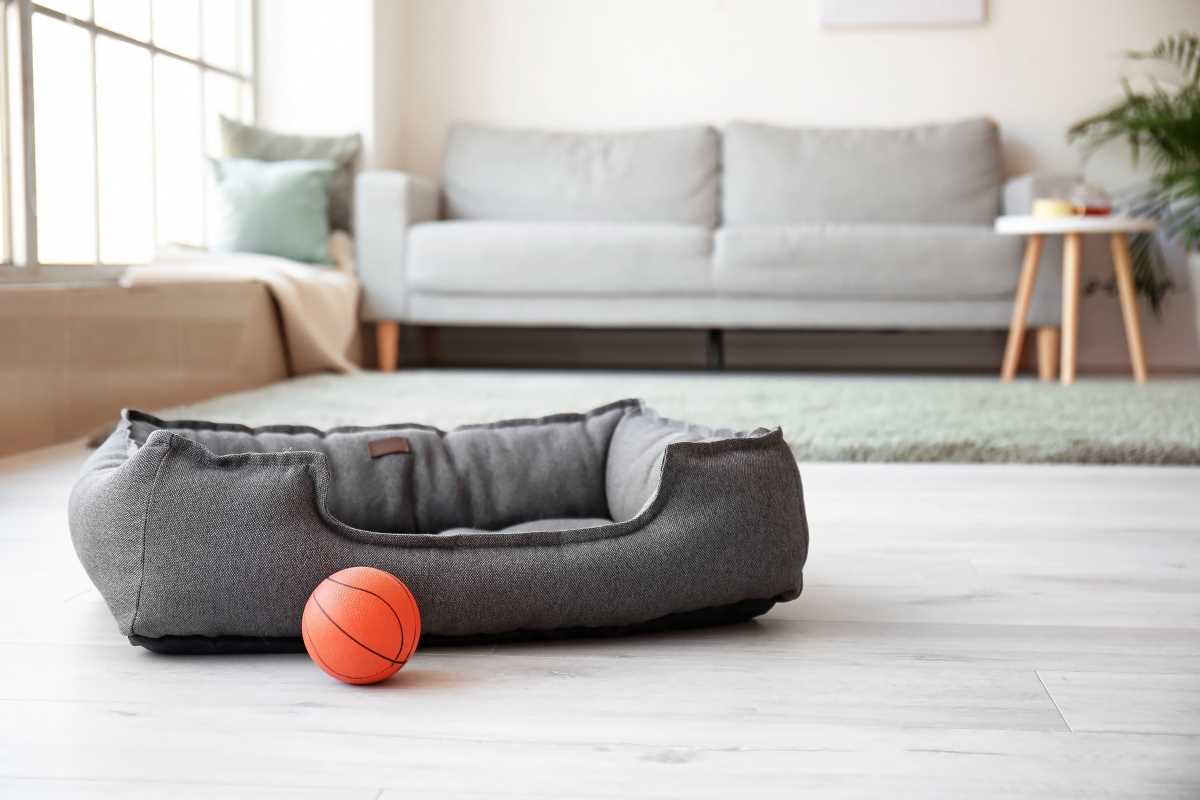Your hallway is more than just a passageway connecting different parts of your home; it's often the first space guests encounter and can set the tone for the entire house. By enhancing the lighting and improving the spatial flow, you can transform your hallway into a welcoming and functional area. Whether you brighten up dark corners or rearrange furniture to make the space feel more open, these changes can make a significant difference in your home's overall ambiance.
Assessing Your Current Hallway
Before investing in upgrades, evaluate your current hallway setup. Look around and identify areas that feel cramped or poorly lit. Pay attention to the existing lighting—are there enough fixtures to provide adequate illumination, or are there dark spots that need addressing?
Consider the flow of the space as well. Does traffic move smoothly through the hallway, or are there obstacles that cause bottlenecks? Understanding these aspects will help you make informed decisions about where to focus your improvements.
Choosing the Right Lighting Fixtures
Selecting the appropriate lighting fixtures is crucial for creating a well-lit and visually appealing hallway. Here are some options to consider:
- Ceiling-mounted lights: Provide overall illumination and are available in various styles to match your decor.
- Wall sconces: Add both light and decorative elements, perfect for enhancing the ambiance.
- Pendant lights: Offer focused lighting and come in diverse designs to suit different tastes.
- LED strip lights: Ideal for under shelves or alongside baseboards to create subtle lighting effects.
- Recessed lighting: Offers a clean, modern look without taking up visual space in the hallway.
Choosing fixtures that complement your hallway's style while providing sufficient light will significantly impact the space's overall feel.
Enhancing Natural Light
Maximizing natural light can make your hallway appear brighter and more spacious. Start by ensuring that any existing windows are free from heavy drapes or obstructions that block light. If privacy isn't a concern, consider using sheer curtains or blinds that allow sunlight to filter through while maintaining a degree of seclusion.
Mirrors can also play a pivotal role in reflecting natural light. Strategically placing a large mirror opposite a window can amplify the amount of light in the hallway, making the space feel more open and inviting.
Improving Spatial Flow
Optimizing your hallway involves making the space more functional and comfortable for movement. Here are some steps to achieve this:
- Declutter: Remove unnecessary items to create a clear path and reduce visual clutter.
- Furniture placement: Position furniture in a way that doesn't impede traffic flow. Opt for compact pieces that fit the scale of the hallway.
- Use of colors: Light or neutral colors can make the space feel larger, while darker shades might make it feel more confined.
- Consistent flooring: Using the same flooring material throughout adjacent spaces can enhance the sense of continuity.
- Lighting balance: Ensure that light is evenly distributed to prevent any areas from feeling isolated or dim.
By focusing on these aspects of optimizing your hallway, you can create a space that is both functional and visually appealing.
Decor and Design Tips
Incorporating thoughtful decor can elevate the visual appeal of your hallway. Consider adding artwork or photographs that reflect your personal style. Hooks or stylish storage solutions can provide functionality without sacrificing design.
Exploring various lighting solutions can also help you find the perfect balance between illumination and decoration. Combining different lighting types, such as ambient, task, and accent lighting, can add depth and interest to your hallway's design.
Textiles like rugs or runner carpets can introduce texture and color, making the space feel more inviting. Ensure that any rugs used are proportionate to the hallway's size to maintain the sense of openness.
Plants or greenery can bring life to your hallway, adding a touch of nature and freshness. Choose low-maintenance plants that do well in the lighting conditions of your space to keep the area looking vibrant without requiring excessive upkeep.
Paying attention to hardware details such as door handles and light switch covers can tie the entire look together, creating a cohesive and polished appearance.
With thoughtful planning and the right enhancements, you can create a space that looks great and functions seamlessly within your home.
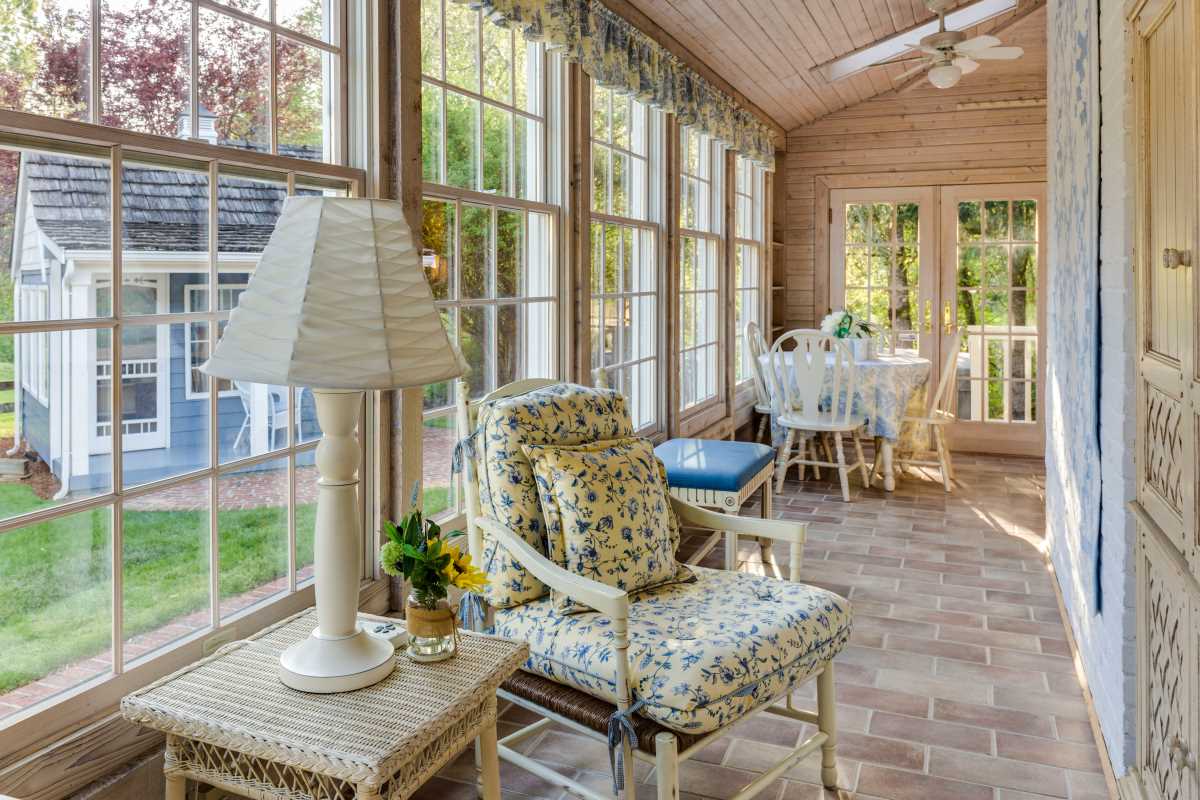 (Image via
(Image via